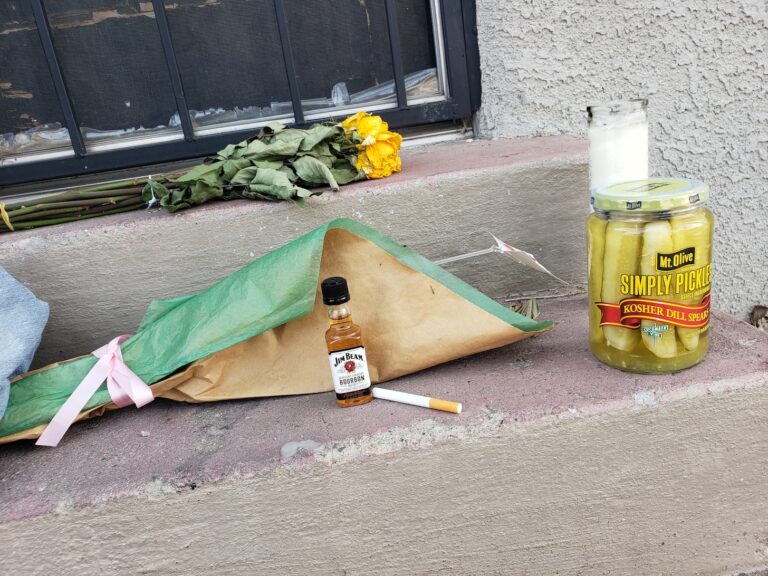I just spent a year campaigning for lieutenant governor. Looking at the experience through the lens of some of the many numbers involved gives a peek inside electoral politics. It also offers a glimpse of how much work it will take to recapture democracy in New Mexico. Consider these digits: Twelve became five, but on June 2, only one remained . When I declared my candidacy in June 2009, there were already half a dozen other potential contenders. That grew to an even dozen by midsummer, at which point attrition kicked in and our ranks shrank to the five on the ballot. Some dropped out because too many were seeking the job, but for me that was a good reason to stay in. I figured as a progressive, I might be able to garner 25,000 votes statewide, but probably not a whole lot more. So the more candidates vying for a piece of the action, the thinner the winning slice would have to be. It seemed like a great strategy—but we’ll never know if it was, because I only got 15,000 votes and finished last. To win with that number would have probably required a field of 10 candidates chopping up the 130,000 votes cast in the Democratic primary. The winner, Brian Colón, attracted 33,000 —twice as many votes as I managed. Now he becomes Diane Denish’s running mate in the general election. Safe prediction: His primary responsibility will be to foster the impression there’s a vast distance between Denish and outgoing Bill Richardson. Even safer prediction: The Republicans will drape Richardson around Denish’s neck like a moth-eaten fur stole on a starlet. Nine hundred donors produced $115,000 . After a year of constant fundraising, I’d brought in a little more than $115,000 , which came from more than 900 individuals writing checks, most in the $25 to $100 range. I was proud of that grassroots support. It financed a good, solid (if frugal) campaign. But it wasn’t enough to buy television time until the last week, and then only $6,500 worth of spots on "Today," "The Daily Show" and "The Rachel Maddow Show."My competitors spent hundreds of thousands on television, with Colón’s television budget outdoing all four other candidates combined. That was a major factor in his four-point margin of victory. Last June, he estimated it would take at least $500,000 to win, exactly the amount he raised.Here’s the twin dilemma political contributions create: First, time spent hustling cash is time not spent learning about and discussing crucial issues, so it tends to dumb down civic dialogue. Second, you can’t raise much money with $25 checks. You need at least a few $10,000 and $25,000 gifts in the mix. And big donors will expect something in return. A 33-county strategy trumps a 10-county one. Without the money (or the time) to hit every hamlet in this big state, we focused on the 10 counties with the most recognizable (and reachable) cadre of progressives. We dealt with the other 23 by mail and the Internet. In the past, those 10 accounted for almost 75 percent of the turnout, so we concentrated our efforts there. But Colón’s 33 -county strategy—borrowed openly from President Obama’s approach on the national level—paid off. I stayed close in the 10 counties, but he far outdistanced everyone in the rest of the state. It didn’t hurt that his four years as Democratic Party chairperson provided him with relationships with party officials in all counties, an advantage he exploited skillfully.There are many other numbers that race through my mind when I think about this year, such as: The 65,000 miles c ampaigning added to my ’99 Honda’s odometer—beyond the 125,000 it had when we started.The 86 blackout days (from Jan. 1 to March 27) when the legislators running for statewide office were not allowed to solicit funds. This created an uneven playing field since it didn’t affect the candidates who weren’t lawmakers.Events I attended: 41 house parties, 12 parades, three matanzas , 16 county conventions (I missed 17 ); 19 candidate forums; one televised debate; three radio debates; one enormous state convention; and two drag queen reviews.Endorsements I received: two newspapers, seven legislators, two beloved former legislators and one political party not my own (they couldn’t vote in a Democratic primary, but the support of the Greens was deeply appreciated nonetheless).And finally, perhaps most importantly, 80,000 voters received personal contacts from my campaign. Without money for television, door-to-door canvassing and personal phone calls can make up the difference. Did it work? Definitely! I ran much stronger in the areas we were able to do that personal canvassing. That’s the single most hopeful lesson to draw from this campaign, the one no one should forget: Organizing works. It takes enormous effort, and there are no shortcuts, but precincts where we knocked on doors voted for me. Those we mailed stuff to (and even more so, those we weren’t able to contact at all) didn’t.So the secret for re-animating democracy isn’t high-tech or found on Madison Avenue; it is working person-to-person, and it is sweat- and shoe leather-based. We didn’t lose. We just ran out of time.
Look at campaign finance reports here.The opinions expressed are solely those of the author. E-mail jerry@alibi.com.




